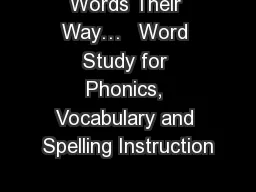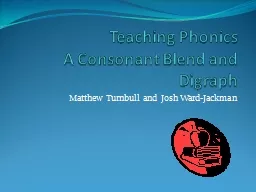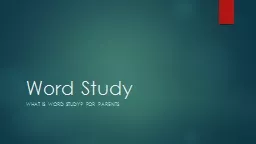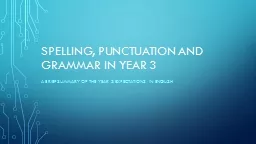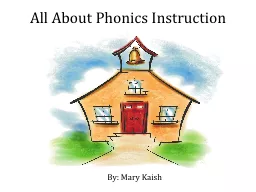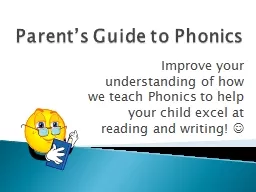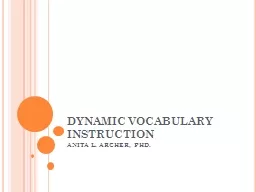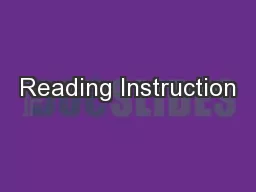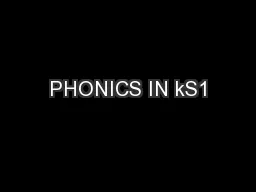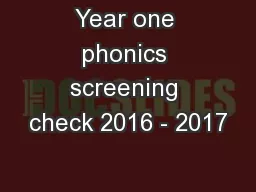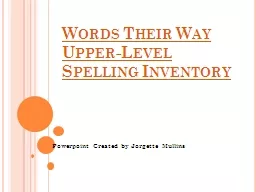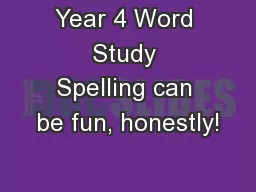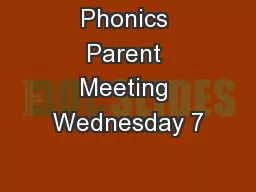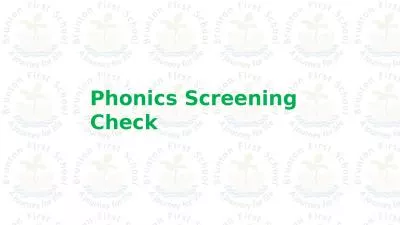PPT-Words Their Way… Word Study for Phonics, Vocabulary and Spelling Instruction
Author : jane-oiler | Published Date : 2018-10-20
What is Word Study A developmental phonics spelling vocabulary program where students are constructing their own knowledge of spelling patterns Why is KCS Implementing
Presentation Embed Code
Download Presentation
Download Presentation The PPT/PDF document "Words Their Way… Word Study for Phon..." is the property of its rightful owner. Permission is granted to download and print the materials on this website for personal, non-commercial use only, and to display it on your personal computer provided you do not modify the materials and that you retain all copyright notices contained in the materials. By downloading content from our website, you accept the terms of this agreement.
Words Their Way… Word Study for Phonics, Vocabulary and Spelling Instruction: Transcript
Download Rules Of Document
"Words Their Way… Word Study for Phonics, Vocabulary and Spelling Instruction"The content belongs to its owner. You may download and print it for personal use, without modification, and keep all copyright notices. By downloading, you agree to these terms.
Related Documents

